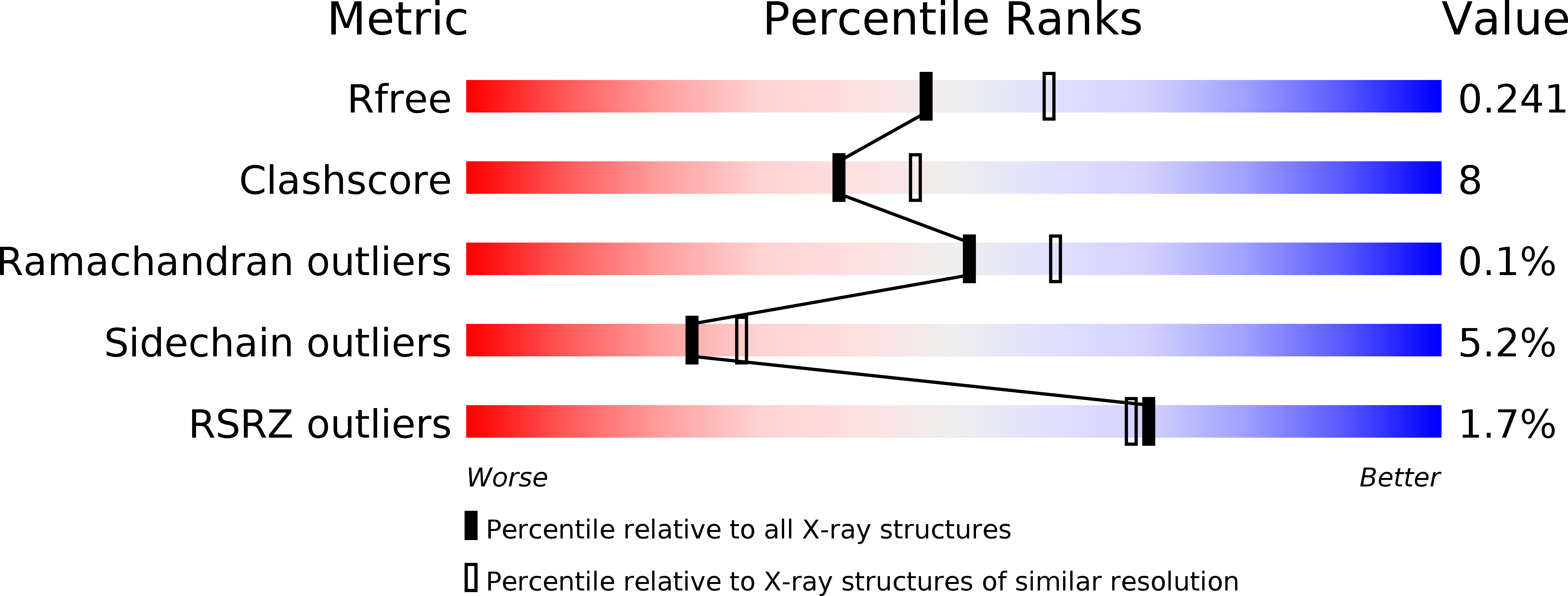
Deposition Date
2006-01-06
Release Date
2006-06-06
Last Version Date
2024-11-06
Entry Detail
PDB ID:
2FLO
Keywords:
Title:
Crystal structure of exopolyphosphatase (PPX) from E. coli O157:H7
Biological Source:
Source Organism:
Escherichia coli (Taxon ID: 83334)
Host Organism:
Method Details:
Experimental Method:
Resolution:
2.20 Å
R-Value Free:
0.24
R-Value Work:
0.20
R-Value Observed:
0.20
Space Group:
P 1 21 1


